What You Need to Know About Topical Creams and Medications During Pregnancy
Most pregnant women don’t want to take pills or shots if they can avoid it. That’s why so many turn to creams, lotions, and ointments for eczema, acne, fungal infections, or itching. But here’s the real question: are topical medications safe during pregnancy? The answer isn’t yes or no-it’s more like, ‘It depends.’
The good news? Topical treatments rarely get into your bloodstream in big amounts. Studies show most absorb less than 10%, and often under 1%. That means your baby is exposed to far less than if you took the same drug by mouth. But that doesn’t mean everything is safe. Some ingredients, even in cream form, still carry risks-especially in the first trimester.
What’s Generally Safe: Top Picks for Common Skin Issues
If you’re dealing with dry skin, eczema, or a mild rash, you’ve got solid options.
- Low-potency hydrocortisone cream (1%) is the go-to for itching and inflammation. It’s been used for decades with no clear link to birth defects. Use it sparingly, and avoid applying it to large areas or for weeks on end.
- Clindamycin and erythromycin gels are safe for acne. They’re antibiotics that stay mostly on the skin. One study found only about 4-5% of clindamycin gets absorbed-far below levels that could affect a fetus.
- Benzoyl peroxide (5-10%) is another top choice for acne. It doesn’t absorb well, and while it’s technically FDA Category C, no birth defects have been linked to it in human studies.
- Clotrimazole, miconazole, and nystatin are safe antifungals for yeast infections or athlete’s foot. These are the first-line options recommended by dermatologists for pregnant women.
- Azelaic acid (15-20%) works well for melasma (the ‘pregnancy mask’) and acne. It’s Category B, meaning animal studies showed no harm, and human data is reassuring. Many women report clear skin with no side effects.
What to Avoid: The Big Red Flags
Some topical products may seem harmless because they’re applied to the skin-but they’re not. These should be off-limits during pregnancy.
- Topical retinoids-including tretinoin (Retin-A), adapalene (Differin), and tazarotene-are a hard no. Even though they’re not swallowed, case reports have linked them to rare but serious birth defects when used early in pregnancy. The American College of Obstetricians and Gynecologists (ACOG) says to stop using them before trying to conceive.
- Salicylic acid in high doses (over 2%) should be avoided, especially in the third trimester. While low concentrations in acne cleansers (under 2%) are generally okay, large amounts can act like aspirin and increase the risk of complications like premature closure of a fetal blood vessel.
- Topical NSAIDs like diclofenac gel or ibuprofen cream. They’re absorbed through the skin, and using them after 30 weeks can cause the baby’s ductus arteriosus (a vital blood vessel) to close too early. The American Academy of Family Physicians says to avoid them entirely after 30 weeks.
- Podofilox and podophyllin resin (used for genital warts) are toxic and can cross the placenta. They’re linked to fetal death and severe birth defects.
- Econazole is best avoided in the first trimester. While other antifungals are safe, this one has limited safety data early on.
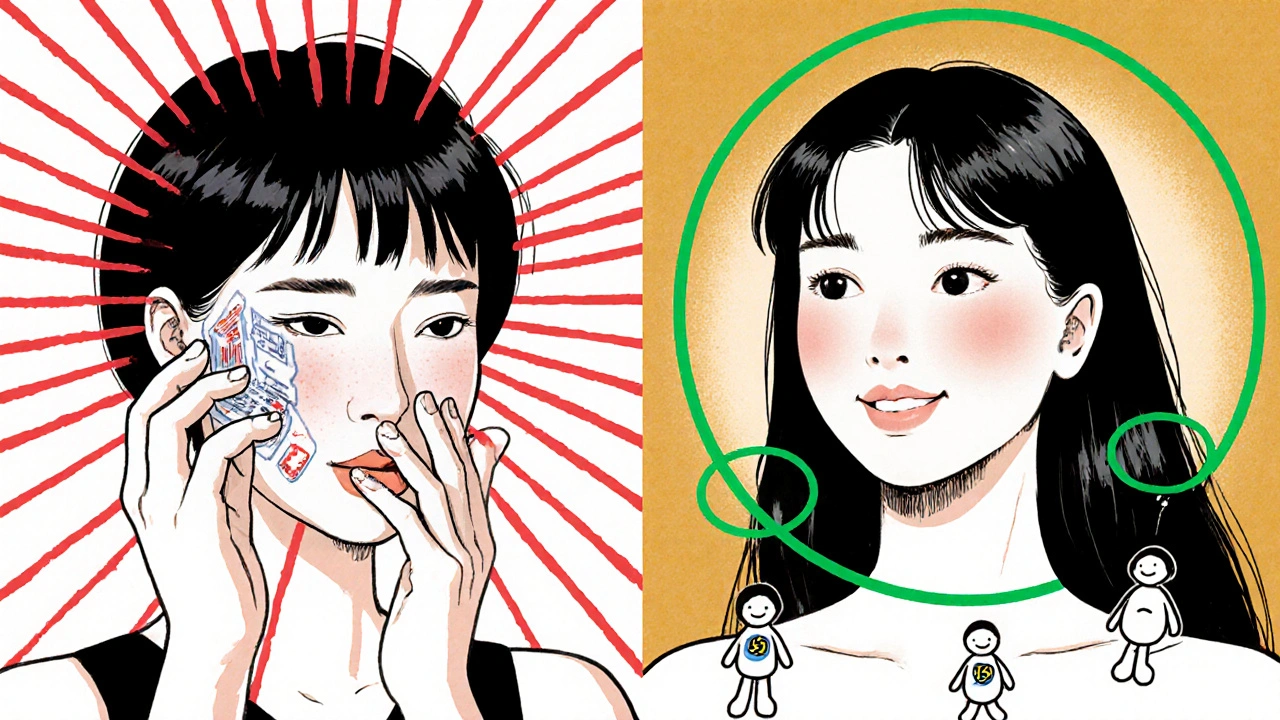
Why Potency and Location Matter
Not all skin absorbs the same way. That’s why where you apply a cream makes a big difference.
Thinner skin areas-like your face, eyelids, neck, armpits, and groin-absorb more medication than thicker skin, like your forearm or back. So if you’re using a steroid cream on your face, even a mild one, you’re getting more into your system than if you used the same cream on your leg.
That’s why doctors recommend:
- Using the lowest effective strength
- Applying it only to the affected area
- Limiting use to a few days or weeks, not months
- Avoiding occlusive dressings (like plastic wrap) unless directed by your doctor
One study found that applying a potent steroid to the face for 3 weeks led to higher blood levels than using it on the arm for 6 weeks. That’s why even ‘safe’ products need smart use.
What About Over-the-Counter (OTC) Products?
Just because something’s sold without a prescription doesn’t mean it’s pregnancy-safe.
Many OTC moisturizers, anti-aging creams, and acne treatments contain hidden ingredients like retinol, hydroquinone, or high-dose salicylic acid. Always check the label. If you see:
- Retinol, retinyl palmitate, or any ‘-tino’ ending
- Hydroquinone (used for dark spots)
- Salicylic acid above 2%
- Essential oils like rosemary, clary sage, or wintergreen (can be absorbed and affect hormones)
-skip it. Stick to simple, fragrance-free moisturizers with ceramides, glycerin, or shea butter. They’re safe and effective.
What If You Used Something Unsafe Before Knowing You Were Pregnant?
It happens. More than you think.
A woman in Australia used tretinoin cream for a month before finding out she was pregnant. She panicked, but her OB referred her to the InfantRisk Center, which tracks these cases. The outcome? No birth defects. The risk is low, but real.
Here’s what to do:
- Stop using the product immediately.
- Don’t panic. Most exposures don’t lead to problems.
- Call your doctor or midwife. They can help you assess the risk based on the ingredient, timing, and amount used.
- If you’re unsure, contact the InfantRisk Center (or your country’s equivalent). They handle over 1,200 pregnancy medication questions every month.
Most of the time, the risk is minimal. But getting advice early gives you peace of mind-and helps your care team monitor things better.
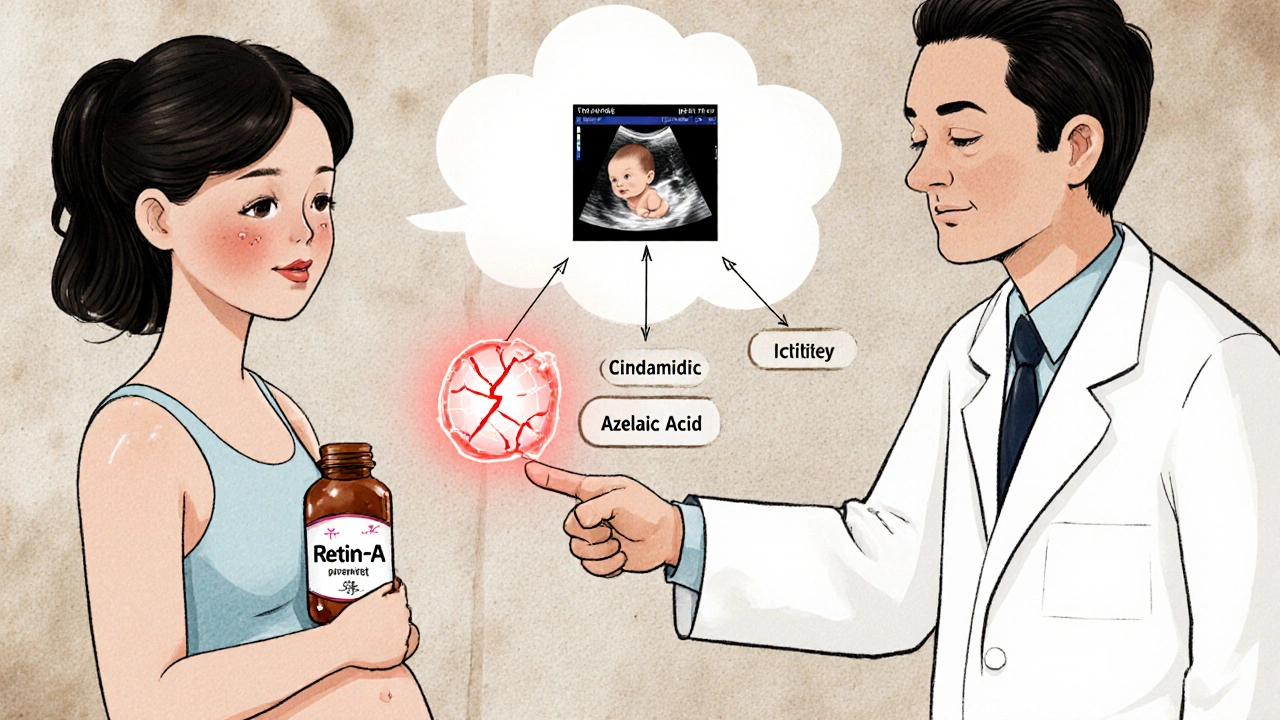
When to See a Dermatologist
Not every skin issue needs a specialist. But if:
- Your eczema or psoriasis is flaring badly
- Acne isn’t improving with OTC options
- You have a persistent fungal infection
- You’re worried about a rash or mole
-it’s time to see a dermatologist. About 82% of obstetricians now consult dermatologists for pregnant patients, because skin conditions during pregnancy are common and complex.
A good dermatologist will know which products are safe, how to use them properly, and when to avoid even ‘low-risk’ options. Don’t be afraid to ask for a referral.
Label Confusion: Why ‘Category B’ Doesn’t Mean ‘Safe’ Anymore
You might still see old labels on creams saying ‘Category B’ or ‘Category C.’ That’s because the FDA changed its system in 2015. The old A, B, C, D, X categories are gone. Now, labels give detailed narratives: ‘Risk cannot be ruled out,’ ‘No human data available,’ etc.
But here’s the problem: 68% of recent dermatology papers still use the old categories. That’s confusing for patients and even some doctors.
So don’t rely on the letter. Read the full description. If it says, ‘Animal studies showed adverse effects, and human data is limited,’ treat it like a red flag-even if it’s labeled ‘Category B.’
Bottom Line: Use Less, Use Wisely
Pregnancy changes your skin. That’s normal. But you don’t need to treat every little bump or patch with a strong cream.
Here’s your simple rule:
- Safe to use: Low-potency hydrocortisone, clindamycin, benzoyl peroxide (under 10%), azelaic acid, clotrimazole, plain moisturizers.
- Avoid: Retinoids, high-dose salicylic acid, topical NSAIDs after 30 weeks, podofilox, econazole in first trimester.
- When in doubt: Ask your doctor or midwife. Don’t guess. And never use a product just because it’s ‘natural’ or ‘gentle’-some plant oils can be harmful.
Most women who use topical treatments during pregnancy have healthy babies. But safety comes from knowing what’s in the tube-and what’s not.
Can I use hydrocortisone cream while pregnant?
Yes, low-potency hydrocortisone cream (1%) is generally safe for short-term use during pregnancy. It’s often recommended for eczema, insect bites, or mild rashes. Avoid using it on large areas, for long periods, or on thin skin like the face or groin unless your doctor says it’s okay. Always use the smallest amount needed.
Is benzoyl peroxide safe during pregnancy?
Yes, benzoyl peroxide (5-10%) is considered safe for acne treatment during pregnancy. It doesn’t absorb well into the bloodstream, and no birth defects have been linked to its use in human studies. It’s one of the top recommended treatments by dermatologists for pregnant women.
Can I use acne treatments like Differin or Retin-A while pregnant?
No. Topical retinoids like adapalene (Differin) and tretinoin (Retin-A) should be avoided during pregnancy. Even though they’re applied to the skin, there are case reports linking them to rare birth defects when used in early pregnancy. The American College of Obstetricians and Gynecologists advises stopping these products before trying to conceive.
Are antifungal creams safe in pregnancy?
Yes, clotrimazole, miconazole, and nystatin are safe and recommended for yeast infections and fungal skin conditions during pregnancy. Econazole should be avoided in the first trimester. Terbinafine and butenafine are second-line options and should only be used if other treatments fail.
What should I do if I used a risky cream before knowing I was pregnant?
Stop using the product right away. Don’t panic-most single, short-term exposures don’t cause harm. Contact your doctor or midwife, and if you’re unsure, call the InfantRisk Center or your local pregnancy medication hotline. They can help assess the risk based on the ingredient, timing, and amount used. Most women in this situation go on to have healthy pregnancies.
Can I use topical NSAIDs like Voltaren Gel during pregnancy?
Avoid topical NSAIDs like diclofenac (Voltaren Gel) after 30 weeks of pregnancy. Even though they’re absorbed through the skin, they can still cause the baby’s ductus arteriosus to close too early, leading to heart complications. Before 30 weeks, use them only if absolutely necessary and under medical supervision.

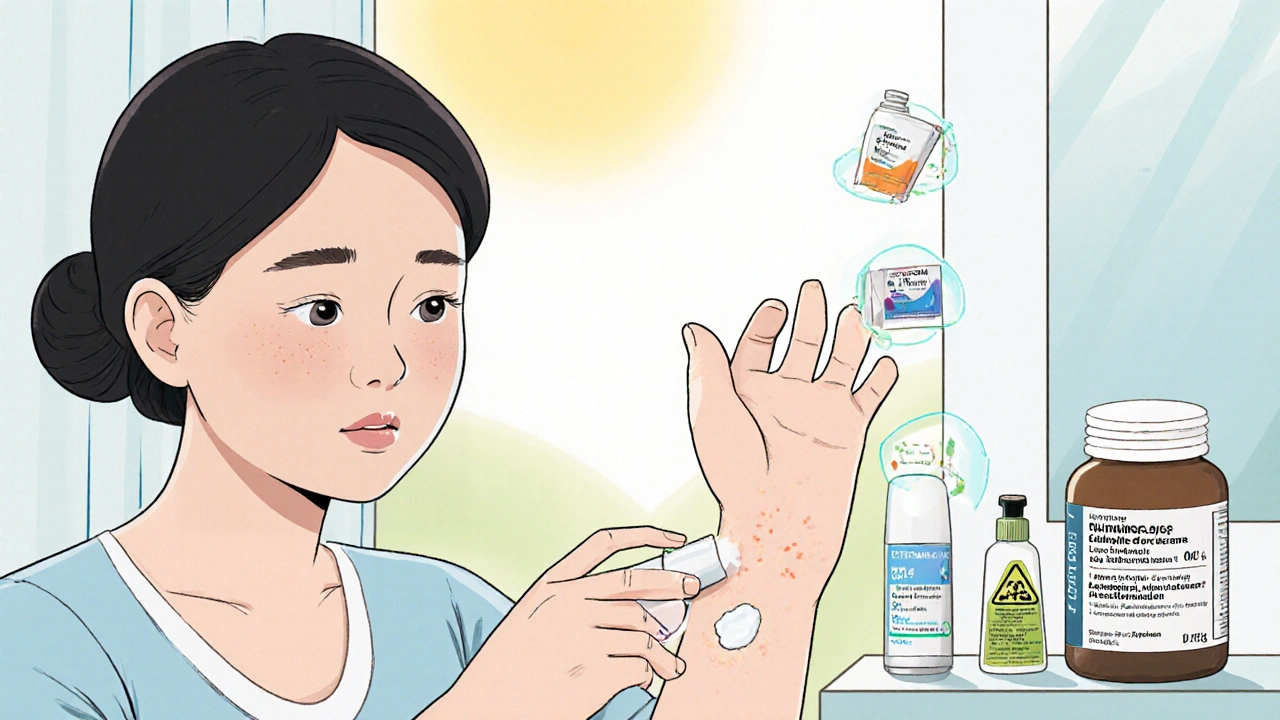


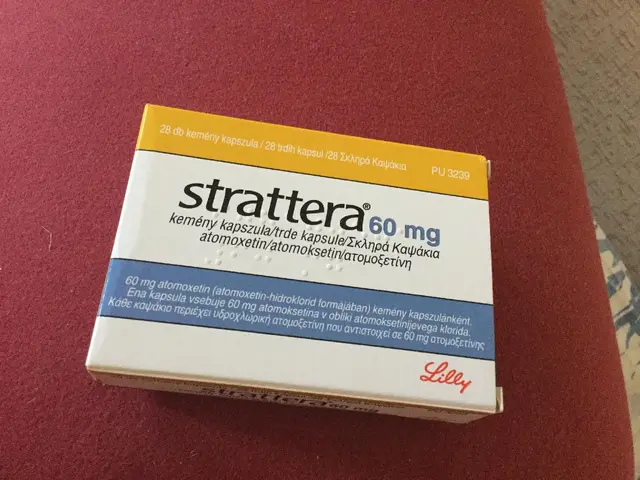

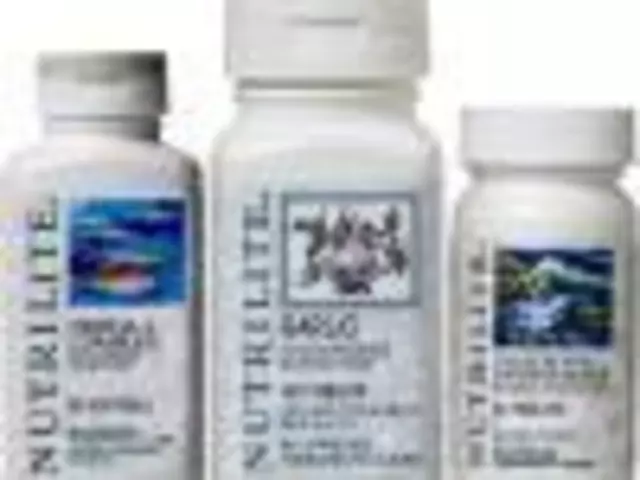
Lisa Detanna
November 21, 2025 AT 02:44I used hydrocortisone on my face for two weeks during my first trimester because my eczema was screaming. Zero issues. Baby’s now 3 and obsessed with bananas. If your dermatologist says it’s low-potency and short-term? You’re probably fine. Don’t let fear scare you out of basic comfort.
Also, I used benzoyl peroxide like it was face paint. No breakouts, no birth defects. Just a very clean, very tired pregnant woman who refused to let acne ruin her glow-up.
Stop reading scary blogs. Talk to your OB. They’ve seen way worse than a tube of cream.